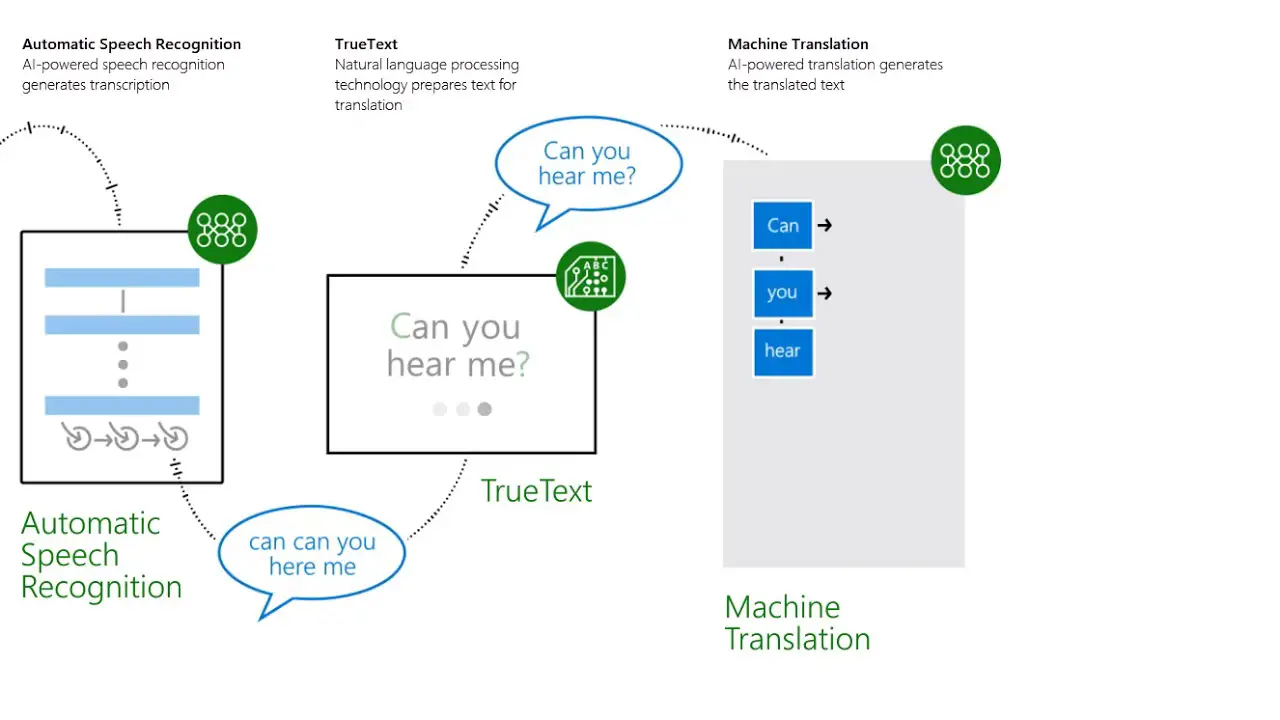Ai And Language Translation: Breaking Down Barriers

Executive Summary:

In a world increasingly connected by technology, the ability to communicate effectively across languages has never been more crucial. By leveraging advanced artificial intelligence (AI) techniques, impenetrable language barriers are rapidly disintegrating, facilitating global understanding and fostering international connections across borders. As a result, cutting-edge language translation AI tools are unlocking unprecedented opportunities for businesses seeking global expansion, fostering cultural exchange, and uniting individuals.

Introduction:
Within the realm of language translation, Artificial Intelligence (AI) has emerged as a revolutionary force capable of obliterating linguistic boundaries, fostering cross-cultural understanding, and bolstering international collaboration. A comprehensive overview of AI’s role in the translation arena reveals a fascinating tapestry of methodologies, benefits, and challenges that shape today’s landscape of language translation.
Machine Translation (MT):
The cornerstone of AI’s transformative impact on language translation is anchored in Machine Translation (MT) technology. Encompassing a diverse spectrum of techniques ranging from rule-based approaches to neural MT, MT offers real-time translation solutions catering to diverse needs:
- Rule-based MT: Adhering to predefined linguistic principles, this conventional approach to language translation prioritizes speed and efficiency, making it ideal for specific domains.
- Statistical Machine Translation (SMT): Statistical probabilities form the crux of this technique. Statistical Machine Translation (SMT) analyzes vast corpora of translated texts, extracting patterns to predict translations with enhanced accuracy.
- Neural Machine Translation (NMT): Harnessing the transformative power of neural networks, NMT surpasses conventional approaches by considering entire sentences as contextual wholes rather than isolated segments, ensuring semantically coherent translations.
The Role of AI:
Artificial Intelligence is the linchpin that powers and amplifies the capabilities of Machine Translation technology:
- Processing Natural Language: AI’s ability to decipher the complexities of natural language and discern contextual nuances and underlying meanings elevates the accuracy, precision, and overall quality of translations.
- Handling Rare Words: Encountering uncommon or culturally-specific terms often poses a conundrum for traditional translation methods. AI possesses the flexibility to adapt and learn from diverse data sources, making it adept at effectively translating rare words and phrases.
- Adapting to Context: Incorporating context into the translation process is vital for capturing the intended meaning, especially across domains like legal, medical, and literature. AI’s proficiency in assimilating contextual information enables it to produce contextually-appropriate translations.
Translation Quality Assessment and Human Involvement:
While AI-driven Machine Translation models are continually refined, their integration with human insight remains paramount:
- Evaluating Translation Quality: Human intervention plays a crucial role in assessing the quality of AI-generated translations. Human evaluators can identify erroneous translations, correct mistakes, and offer invaluable feedback, guiding further advancements in AI translation models.
- Enhancing Accuracy through Human Interaction: Collaborative efforts between AI and humans can synergize to augment the accuracy of translations. Human input and knowledge, especially in specialized domains, can refine translations, optimize word choice, and ensure faithful adherence to the source text’s intent.
Challenges and Future Trends:
As AI’s influence in language translation continues to expand, notable challenges remain to be addressed:
- Dialect and Pronunciation: Faithfully translating dialects and capturing the nuances of regional accents represents a challenge that AI is actively tackling through advancements in speech recognition and natural language understanding.
- Machine Translation Fatigue: Extended interactions with AI-powered translation tools can lead to a decline in translation quality. Exploring novel methods to maintain consistently high-quality translations remains an active area of research.
Future trends in AI-driven language translation predict:
- Neural Machine Translation for Direct Translation: Anticipation for advancements in neural MT architectures is high, holding the promise of direct translation among multiple languages, eliminating the intermediate step of translating into a common language.
- Cross-Lingual Transfer Learning: Adapting and fine-tuning AI models across diverse language pairs is a promising area. Doing so facilitates effective translation even for language pairs with limited training data.
Conclusion:
AI is poised to revolutionize the world of language translation, breaking down linguistic barriers and fostering unprecedented global communication. As AI technology continues to evolve and incorporate human expertise, machine translation will continue to improve, reaching new heights of accuracy and reaching a broader spectrum of languages. This ongoing technological revolution promises to make language translation ever more seamless, transparent, and accessible.
Keyword Phrase Tags:
- Artificial Intelligence in Language Translation
- Machine Translation Technology
- Accuracy and Quality in AI Translation
- Role of Humans in AI Language Translation
- Future Trends in Language Translation AI

This article provides a great overview of the advances in AI and language translation. It’s clear that AI is having a major impact on this field, and it’s exciting to see what the future holds.
I’m not so sure I buy into the hype surrounding AI and language translation. Sure, there have been some impressive advances, but I think we’re still a long way from achieving true human-level translation.
The article mentions several different AI techniques that are being used for language translation. Can you provide some more information about these techniques and how they work?
I disagree with the author’s claim that AI is the best way to achieve accurate language translation. I believe that human translators are still superior, and that AI will never be able to fully replace them.
It’s funny how the article talks about AI breaking down barriers in language translation, when in reality, language itself is often used to create barriers between people.
Oh, so now AI is going to solve all our language translation problems? Yeah, right. I’ll believe it when I see it.
I can’t wait for the day when AI can translate my cat’s meows into English. That would be the best day ever!